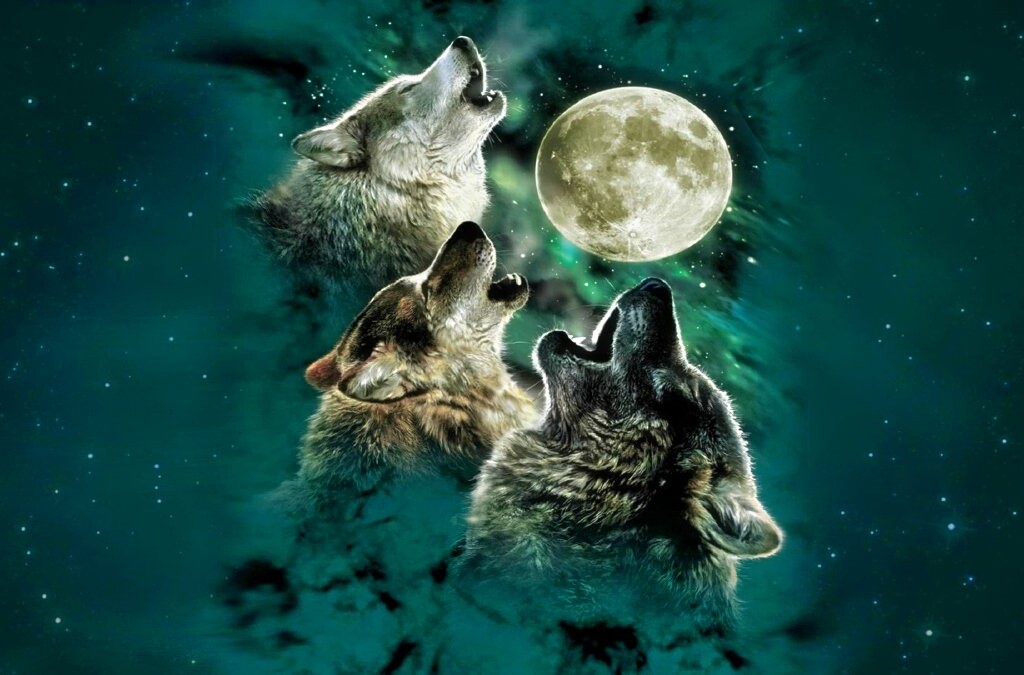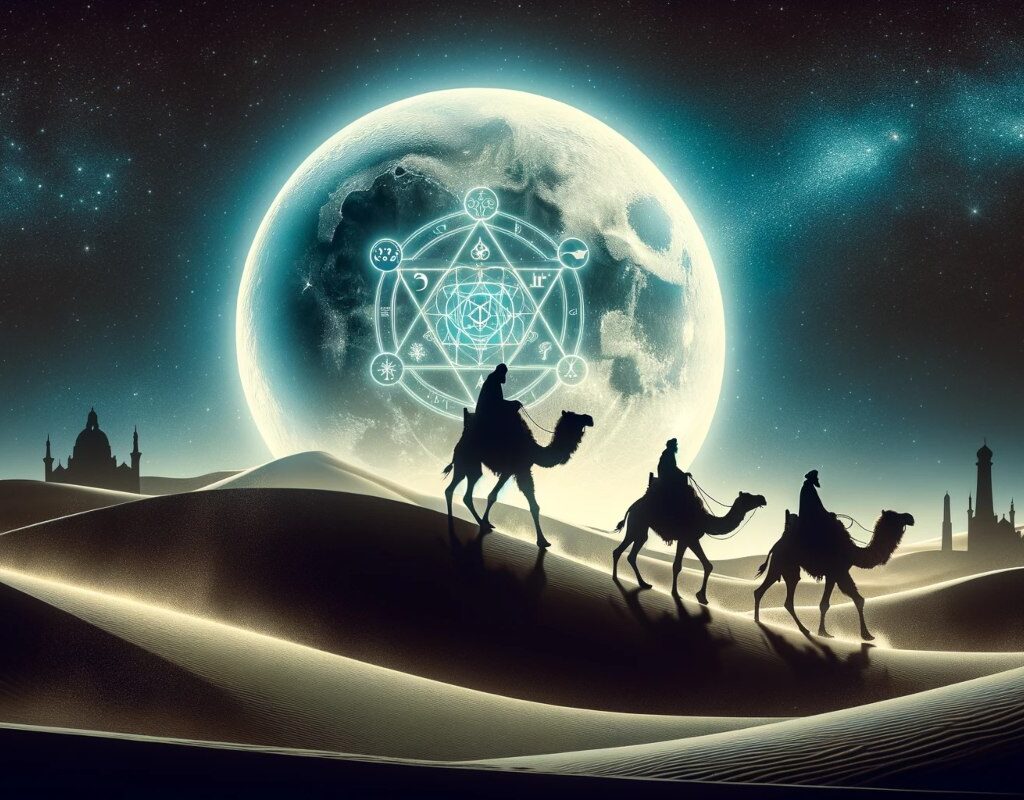The modern human’s contact with the seasons has significantly decreased. While in agricultural and rural societies they were more clearly perceived, their importance remains fundamental as they define the basic cycle of astrological signs.
The magic of the seasons: how they define our destiny and astrological cycle
The term “seasons” refers to the stages and positions of the Sun in the sky, as if they were stops on a train journey.
For this reason, Greek mythology speaks of the “chariot of the Sun” (Helios), as a vehicle that transports the sun and describes both its daily journey in the sky -with four key moments: sunrise, noon, sunset and midnight- as well as its annual journey, marked by spring, summer, autumn and winter seasons.
Earth is the only inhabited planet that experiences defined climatic seasons due to its inclined axis which causes it to move away from and toward the Sun during its annual cycle like a tilted top. This characteristic allows for great biological diversity, varied landscapes and unique weather phenomena that affect our mood.
According to esoteric tradition, before human evolution, the axis was straight and was tilted by a mysterious civilization for spiritual purposes. Regardless of its origin, seasons have a magical effect on us and determine our twelve zodiac signs (the “minor seasons”) and our destiny according to our date of birth in this annual cycle.
The annual journey of the sun is divided into two major stages, one bright and fiery and the other dark and cold. These can be considered as two basic seasons, one yang and one yin.
There are four crucial moments of change: spring equinox and autumn equinox marking the beginning of two major seasons -critical points where transition is very evident-; followed by summer solstice and winter solstice when these seasons have reached their maximum peak and begin to decline -more stable points-.
Equinox and Solstice
A Revolutionary Perspective on Yin and Yang Energies Throughout the Year According to Dane Rudhyar
The word equinox comes from the Latin term “aequinoctium” (aequus nocte) which means “equal night,” while solstice derives from “solstitium” (sol sistere) which means “the sun stands still.”
In his work “The Pulse of Life,” renowned holistic astrologer Dane Rudhyar develops the twelve signs and speaks about the forces of Day and Night, representing yang and yin, respectively. These forces intertwine throughout the year, but to avoid confusion, Rudhyar refers to the “Forces of Summer” and Winter” as the two great energies that give rise to everything known.
Yang-Summer is expansive, active, extroverted, joyful, vital, conscious and productive; while Yin-Winter is receptive, introverted, reflective, sad, non-vital (due to hibernation, sleep, rest or death), unconscious and accumulative.
These characteristics are evident in nature’s cycle and in our moods. However, what is new and revolutionary is how Rudhyar attributes an individual value (corporeal, personal and concrete) to Yang-Summer and a collective value (mental,virtual and symbolic) to Yin-Winter.
This perspective echoes the division between the first six signs and houses considered individual and inaugurated by Aries while the last six are collective and inaugurated by Libra. The objective of this work is to show the great analogy between the seasons and the signs (something that has been done by traditional astrologers forever) but incorporating this latest attribution that represents a revolutionary novelty.
The seasonal cycle of nature and its reflection on human life
From the sensory experience of summer to the responsibility of winter
During spring and summer nature blooms with life and sensory experiences, symbolizing personal instinctive, physical, sensorial, emotional and mental development. Meanwhile, during autumn and winter, nature transforms and decays in preparation for a new cycle.
This cycle resembles the predominance of social, cultural, collective, cosmic and spiritual processes of work and knowledge.
Aesop’s fable of the ant and the grasshopper illustrates this seasonal duality: the grasshopper represents individualistic summer while the ant represents collective work in winter. This analogy can also be applied to ages of man: spring-summer for childhood and youth full of adventures while autumn-winter represent social responsibilities and work in adulthood.
This pattern repeats itself in both hemispheres of planet Earth where seasons are inverted. This explains why the beginning of the labor and educational year happens in autumn in both parts of the world while big holidays usually happen during summer after new energy has begun in spring.
In summary, although Aries is considered a sign associated with beginnings due to its arrival in boreal spring this does not always coincide with the beginning of the “human labor” year.
The dialectic between nature and society
From traditional astrology to civilization and historical development
In Argentina, the first day of spring is also known as Students’ Day and is celebrated on September 21st.
On this date young people go out to celebrate in parks but for teachers it is a cause for concern as they often notice a decrease in academic performance and concentration among students for the rest of the year.
This fact highlights the dialectical relationship between nature and society: when nature flourishes, society regresses and vice versa.
The emergence of great cities and civilizations occurred thanks to the development of extensive agriculture and livestock. New techniques, laws, religions, philosophies were created, as well as astrology systems to explain cosmic phenomena. However, this historical progress was not equal everywhere. Civilizations only emerged in places with cold climates where constant challenges had to be faced.
In contrast, subsistence economies and tribal organizations predominated in the tropics due to the constant supply of natural resources. Traditional astrology does not take into account this historical development and still works with simple schemes characteristic of past peasant and pastoral societies. Therefore, it reasons only in individual or tribal terms without considering the collective civilizing process.
In ancient times whether in the midst of the jungle, polar circle or desert, tribal societies of hunter-gatherers or subsistence economies experienced direct contact with nature.
Man depended on it and his body, instincts, basic needs and simple culture shaped his mind through language and local mythologies. The most encompassing totalities were family, clan and tribe – just extensions of individuals marked by race, bloodline and tradition…




